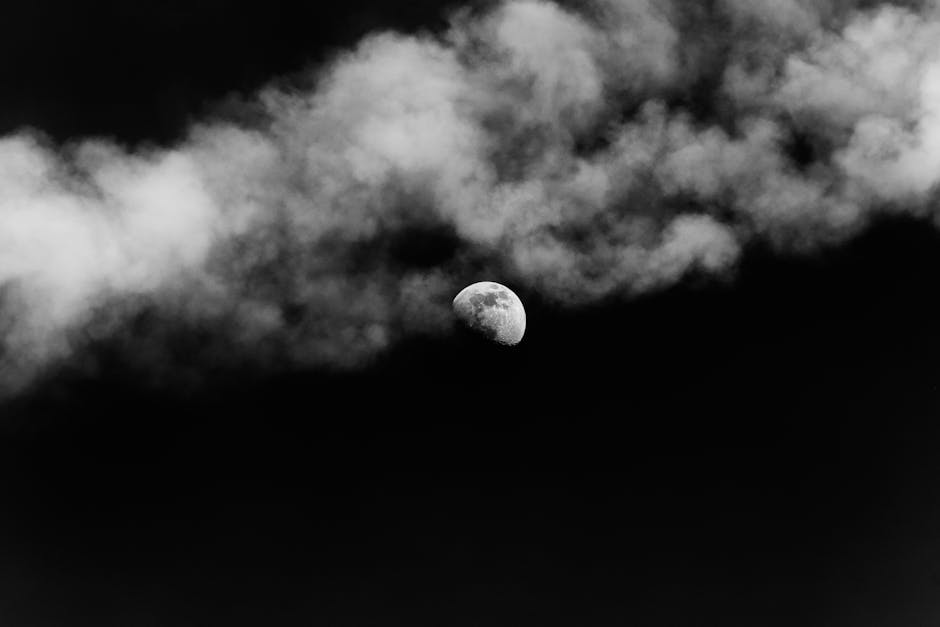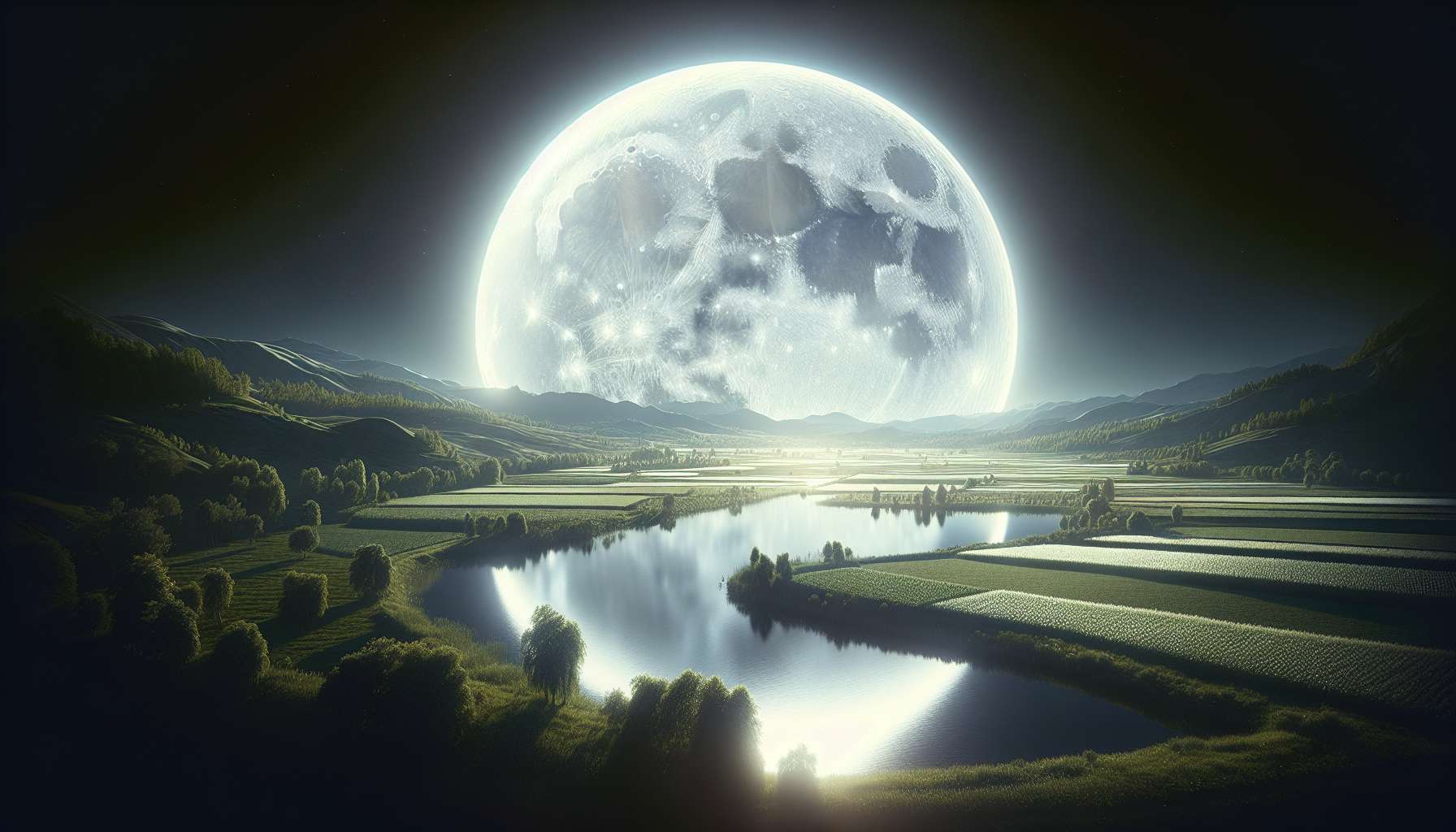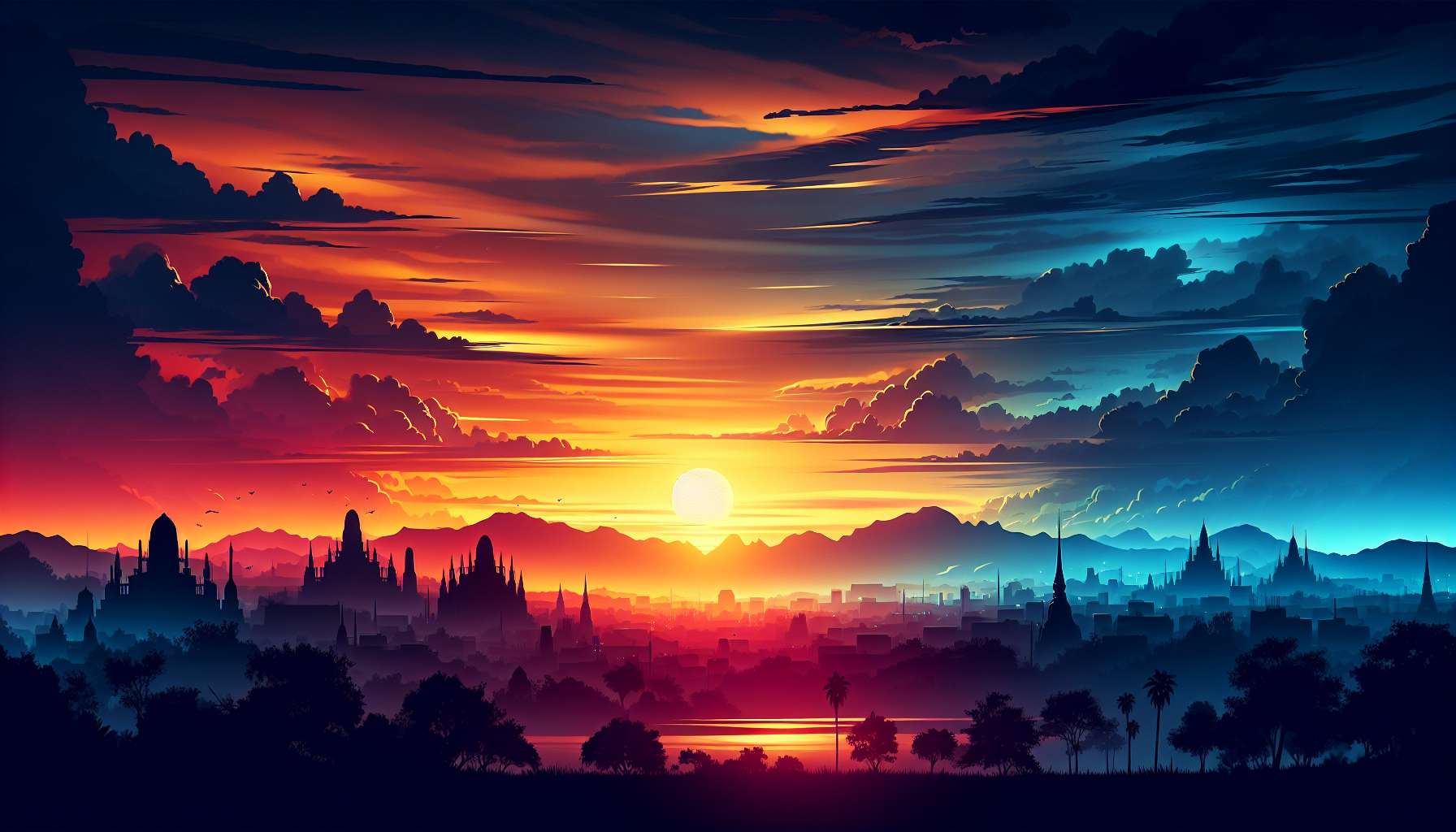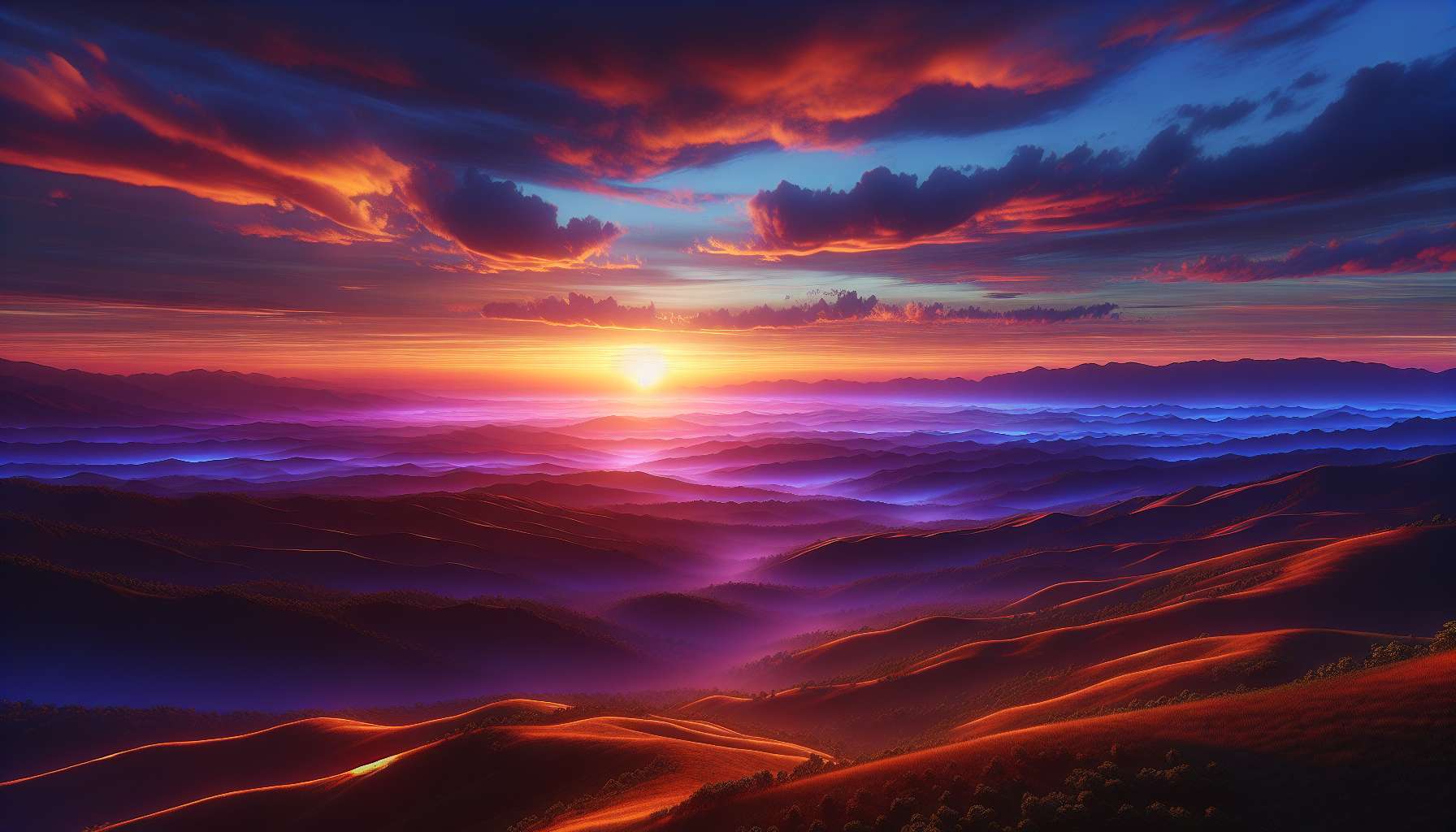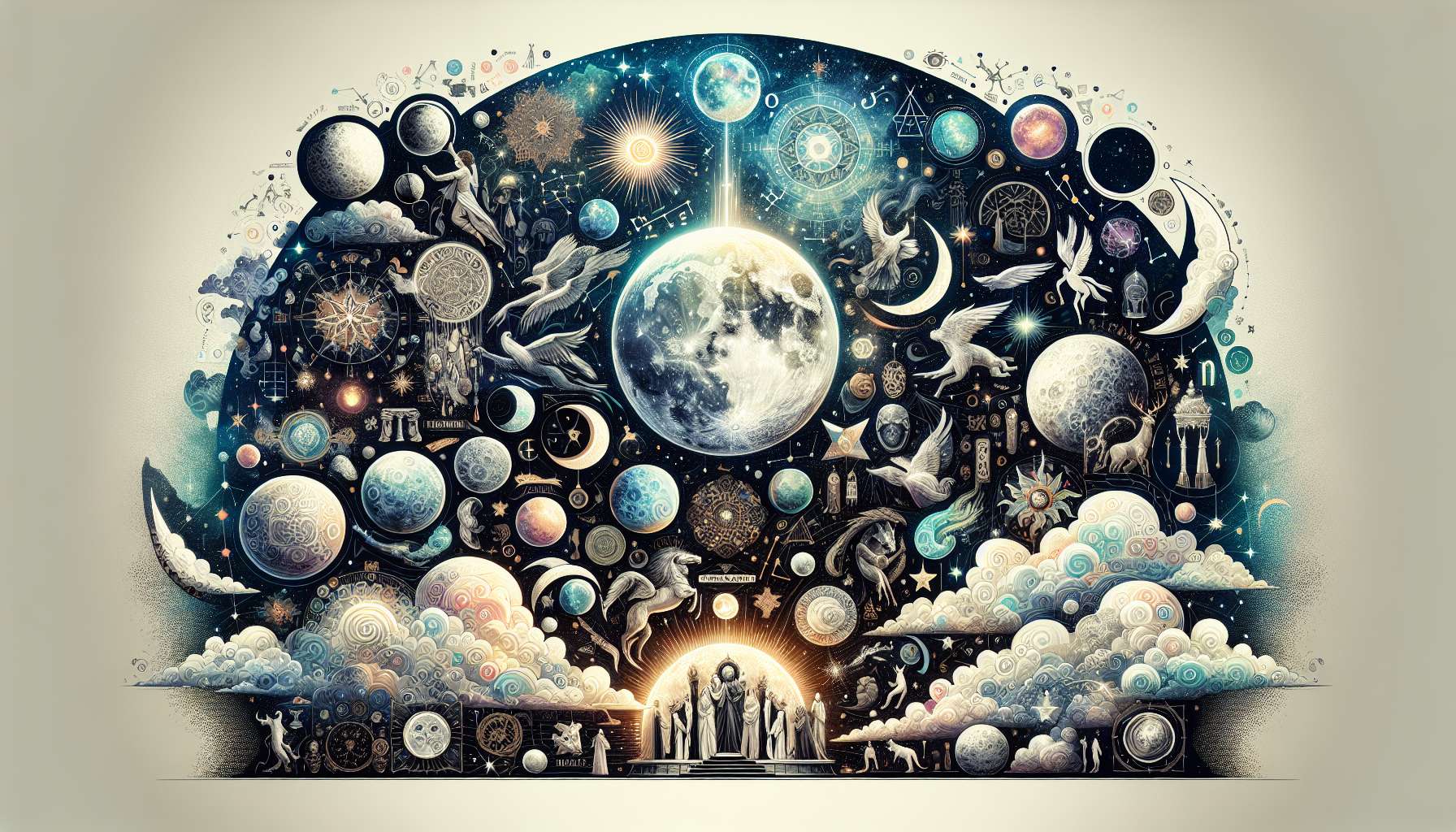Lunar Luminance in Imagery: Exploring the Bright Side of the Moon
As we gaze up at the night sky, the moon’s luminous presence never fails to captivate us. But beyond its ethereal beauty lies a world of scientific wonder and artistic inspiration. In this article, we delve into the fascinating realm of lunar luminance in imagery, uncovering the secrets of how the moon’s glow has been captured and interpreted throughout history.
The Science of Lunar Luminance
At the heart of lunar luminance lies the reflection of sunlight off the moon’s surface. This phenomenon, known as lunar illumination, is what gives the moon its mesmerizing glow. The intensity of this glow varies depending on the moon’s phase and position in the sky, creating a dynamic interplay of light and shadow that has fascinated astronomers and artists alike.
Through the use of specialized equipment such as telescopes and cameras, scientists have been able to study the moon’s luminance in great detail. By analyzing the spectral characteristics of the light reflected by the moon, researchers have gained insights into the composition and topography of the lunar surface, paving the way for groundbreaking discoveries in lunar science.
The Artistic Representation of Lunar Luminance
For centuries, artists have drawn inspiration from the moon’s luminous beauty, capturing its mystical allure in paintings, photographs, and other forms of visual art. From the romantic landscapes of the Hudson River School painters to the surrealistic moonlit scenes of Salvador Dali, the moon has served as a powerful muse for creative minds throughout history.
One of the most iconic representations of lunar luminance in art is Georges Mlis’ 1902 film “A Trip to the Moon,” in which a group of astronomers embark on a fantastical journey to Earth’s celestial neighbor. Through the use of pioneering special effects techniques, Mlis brought the moon to life on the silver screen, enchanting audiences with its otherworldly glow.
The Role of Lunar Luminance in Space Exploration
As humanity’s interest in space exploration has grown, so too has our fascination with the moon’s luminance. In the 1960s, during the Apollo missions, astronauts captured stunning images of the moon’s surface from space, providing valuable insights into its geology and topography. These images not only helped scientists better understand the moon but also inspired a new generation of explorers to dream of venturing beyond our planet.
Today, advancements in technology have allowed for even more detailed and precise imaging of the moon’s luminance. Space probes and satellites equipped with high-resolution cameras have provided scientists with a wealth of data on the moon’s surface, shedding light on its mysterious craters, mountains, and valleys. These images have revolutionized our understanding of the moon and paved the way for future missions to explore its secrets.
The Aesthetic Appeal of Lunar Luminance
Aside from its scientific and artistic significance, the moon’s luminance also holds a special allure for photographers and cinematographers. The soft, diffused light of the moon can create stunning visual effects, casting a magical glow over landscapes and seascapes. Many photographers seek to capture the moon’s luminance in their work, using long exposures and creative compositions to evoke a sense of mystery and wonder.
One of the most famous examples of lunar luminance in photography is Ansel Adams’ iconic image “Moonrise, Hernandez, New Mexico,” taken in 1941. In this photograph, the moon’s silvery light bathes the landscape in an ethereal glow, creating a sense of timelessness and tranquility. Adams’ masterful use of light and shadow in this image has made it a timeless classic in the world of photography.
Challenges and Controversies in Lunar Imaging
While the moon’s luminance has inspired awe and wonder for centuries, it has also been the subject of controversy and debate among scientists and photographers. One of the challenges in capturing the moon’s luminance in imagery is the dynamic range of light present on its surface. The stark contrast between the brightly illuminated areas and the shadowed regions can pose difficulties for photographers seeking to capture the moon in all its glory.
Another controversy surrounding lunar imaging is the phenomenon of lunar pareidolia, where observers perceive familiar shapes and patterns in the moon’s craters and features. While some see faces or animals in these formations, others dismiss such interpretations as mere tricks of the light and shadow. This debate continues to intrigue both scientists and artists, sparking new avenues of exploration in the field of lunar imagery.
Future Directions in Lunar Imaging
As technology continues to advance, the future of lunar imaging looks brighter than ever. From the development of new imaging techniques to the use of artificial intelligence in processing lunar data, scientists and artists are constantly pushing the boundaries of what is possible in capturing the moon’s luminance. With upcoming missions to the moon planned by various space agencies, including NASA and SpaceX, we can look forward to even more breathtaking images of our celestial neighbor in the years to come.
Expert Opinions
Dr. Astrid Eichhorn, a renowned astrophysicist, believes that the study of lunar luminance in imagery holds great promise for advancing our understanding of the moon’s geology and evolution. According to Dr. Eichhorn, “By analyzing the spectral characteristics of the light reflected by the moon, we can gain valuable insights into its composition and history. This information is crucial for planning future missions to explore the moon and unlock its secrets.”
Common Misconceptions
One common misconception about lunar imaging is that the moon emits its own light. In reality, the moon shines by reflecting sunlight, much like a mirror. This misconception often leads to confusion about the nature of lunar luminance and its role in shaping the moon’s appearance in the night sky.
Conclusion
As we conclude our exploration of lunar luminance in imagery, we are left with a profound sense of awe and wonder at the beauty of the moon and its luminous glow. From the scientific insights gained through the study of lunar illumination to the artistic inspiration it has provided to generations of artists, the moon’s luminance continues to captivate our imaginations and spark our curiosity about the mysteries of the cosmos. As we look to the future, we can only imagine the new discoveries and revelations that await us in the realm of lunar imaging.
To wrap things up, let us remember the words of the poet Pablo Neruda: “The moon lives in the lining of your skin.” Indeed, the moon’s luminance lives on in our hearts and minds, a timeless reminder of the boundless beauty and wonder of the universe.
